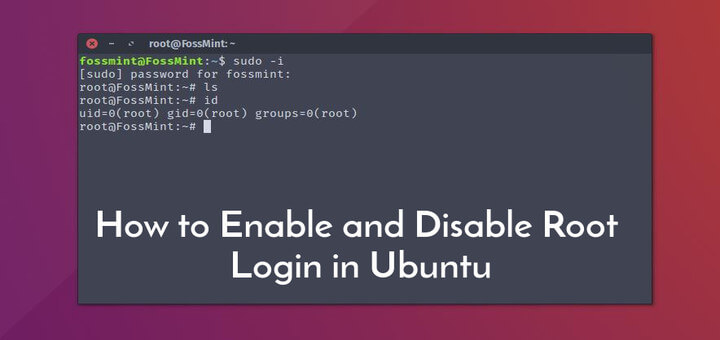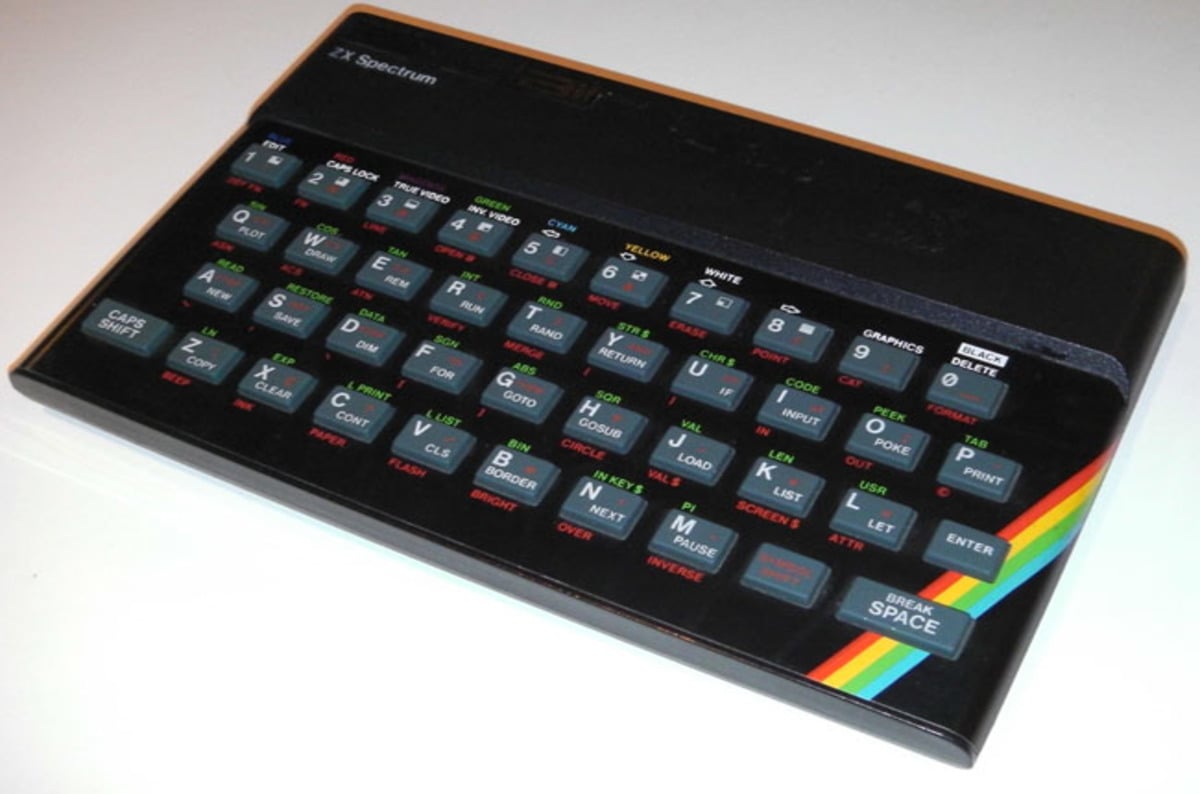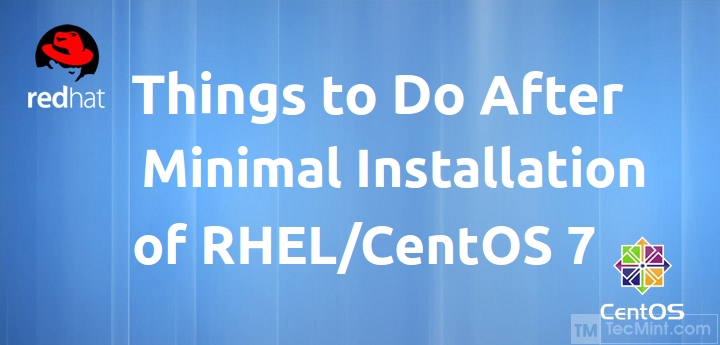
Estimated reading time: 7 minutes
- Step 5: Installing Docker on Windows 10. Download the latest release of Docker Desktop; Follow the usual installation instructions to install Docker Desktop; Start Docker Desktop from the Windows Start menu; From the Docker menu, select Settings General; Make sure that ‘Use the WSL 2 base engine’ is selected.
- Kubernetes does not yet support Windows containers. Kubernetes installation is easy with Docker Desktop. The first time you enable Kubernetes in the settings, it will install seamlessly. Directions are below.
- Learn how to set up Windows 10 or Windows Server to create, run, and deploy containers, including prerequisites, installing Docker, and working with Windows Container Base Images. Create a Windows Server container on an Azure Kubernetes Service (AKS).
If you don't want to go the Hyper-V way you can use Docker with WSL2(Windows Subsystem for Linux) for Windows 10 Home. Go to Settings - Update&Security - Windows Insider Program and enroll for the 'Slow' track of windows insider. I have installed Docker in my windows 10 machine. When i open power-shell and check docker version it shows below PS C: Users XXXXX docker -version Docker version 19.03.4, build 9013bf5 But.
Docker for Windows is a Docker Community Edition(CE) app. The Docker for Windowsinstall package includes everything you need to run Docker on a Windows system.This topic describes pre-install considerations, and how to download and installDocker for Windows.
Already have Docker for Windows?If you already have Docker forWindows installed, and are ready to get started, skip toGet started with Docker for Windows for a quick tour ofthe command line, settings, and tools.
Looking for Release Notes?Get release notes for allversions here.
Docker Installation On Windows 10 Home
Download Docker for Windows
If you have not already done so, please install Docker for Windows. You candownload installers from the Stable or Edge channel.
Both Stable and Edge installers come with experimental features in Docker Engine enabled by default. Experimental mode can be toggled on and off in preferences.
We welcome yourfeedback to help us improve Docker for Windows.
For more about Stable and Edge channels, see theFAQs.
| Stable channel | Edge channel |
|---|---|
| Stable is the best channel to use if you want a reliable platform to work with. Stable releases track the Docker platform stable releases. On this channel, you can select whether to send usage statistics and other data. Stable releases happen once per quarter. | Use the Edge channel if you want to get experimental features faster, and can weather some instability and bugs. We collect usage data on Edge releases. Edge builds are released once per month. |
| Checksum: Stable installer SHA256 | Checksum: Edge installer SHA256 |
Legacy (
.msi) installers are available for Edge and Stable channels.The Docker for Windows is designed to configure Docker development environments on Windows 10 and on Windows Server 2016. You can develop both Docker Linux containers and Docker Windows containers with Docker for Windows. To run Docker Windows containers in production, see instructions for installing Docker EE on Windows Server 2016. To run Docker Linux containers in production, see instructions for installing Docker on Linux.
Docker for Windows requires 64bit Windows 10 Pro with Hyper-V available. Please see What to know before you install for a full listof prerequisites.
You can switch between Edge and Stable versions, but you can only have one app installed at a time. Also, you will need to save images and export containers you want to keep before uninstalling the current version before installing another. For more about this, see the FAQs about Stable and Edge channels.
What to know before you install
If your system does not meet the requirements to run Docker for Windows, you can installDocker Toolbox, which uses Oracle Virtual Box instead ofHyper-V.
- README FIRST for Docker Toolbox and Docker Machine users: Docker for Windows requires Microsoft Hyper-V to run. The Docker for Windows installer will enable Hyper-V for you, if needed, and restart your machine. After Hyper-V isenabled, VirtualBox will no longer work, but any VirtualBox VM images willremain. VirtualBox VMs created with
docker-machine(including thedefaultone typically created during Toolbox install) will no longer start. These VMscannot be used side-by-side with Docker for Windows. However, you can still usedocker-machineto manage remote VMs.
- Virtualization must be enabled. Typically, virtualization is enabled by default. (Note that this is different from having Hyper-V enabled.) For moredetail see Virtualization must beenabled in Troubleshooting.
- The current version of Docker for Windows runs on 64bit Windows 10 Pro, Enterprise and Education (1511 November update, Build 10586 or later). In the future we will support more versions of Windows 10.
- Containers and images created with Docker for Windows are shared between all user accounts on machines where it is installed. This is because allWindows accounts will use the same VM to build and run containers. In thefuture, Docker for Windows will better isolate user content.
- Nested virtualization scenarios, such as running Docker for Windowson a VMWare or Parallels instance, might work, but come with noguarantees (i.e., not officially supported). For more information, seeRunning Docker for Windows in nested virtualization scenarios
- What the Docker for Windows install includes: The installation provides Docker Engine, Docker CLI client, Docker Compose, Docker Machine, and Kitematic.

About Windows containers and Windows Server 2016
Looking for information on using Windows containers?
- Switch between Windows and Linux containers describes the Linux / Windows containers toggle in Docker for Windows and points you to the tutorial mentioned above.
- Getting Started with Windows Containers (Lab)provides a tutorial on how to set up and run Windows containers on Windows 10 orwith Windows Server 2016. It shows you how to use a MusicStore application withWindows containers.
- Setup - Windows Server 2016 (Lab) specifically describes environment setup.
- Docker Container Platform for Windows Server 2016 articles and blog posts on the Docker website
Install Docker for Windows
Double-click Docker for Windows Installer.exe to run the installer.
If you haven’t already downloaded the installer (
Docker for Windows Installer.exe), you can get it from download.docker.com. It typically downloads to yourDownloads folder, or you can run it from the recent downloads bar at the bottom of your web browser.Follow the install wizard to accept the license, authorize the installer, and proceed with the install.
You will be asked to authorize
Docker.appwith your system password during the install process. Privileged access is needed to install networking components, links to the Docker apps, and manage the Hyper-V VMs.Click Finish on the setup complete dialog to launch Docker.
Start Docker for Windows
Docker will not start automatically. To start it, search for Docker, select theapp in the search results, and click it (or hit Return).

When the whale in the status bar stays steady, Docker is up-and-running, andaccessible from any terminal window.
If the whale is hidden in the Notifications area, click the up arrow on thetaskbar to show it. To learn more, see Docker Settings.
If you just installed the app, you also get a popup success message withsuggested next steps, and a link to this documentation.

When initialization is complete, select About Docker from the notificationarea icon to verify that you have the latest version.
Carbon Copy Cloner (CCC), is a Mac OS X application that can be used for creating file backups, complete images of your computer, or for cloning hard drives. In Carbon Copy Cloner, you can backup either a whole drive or part of the drive to an external hard drive at a scheduled time of your choosing (hourly, daily, weekly, monthly, etc.). As mentioned above, Carbon Copy Cloner can automatically back up your data on Mac. Besides, it is able to only back up changed data. Actually, the best alternative to Carbon Copy Cloner for Windows 10/8/7, MiniTool ShadowMaker can also realize the same aim. Free carbon copy cloner mac. I’d like to take this opportunity to say I’ve been extremely happy with Carbon Copy Cloner and Bombich Software over the four years I’ve been a customer. CCC is a truly outstanding piece of crafted software with top-notch support (I love the integrated help and support features) offered by a reliable and professionally-run company. DVD-Cloner does much more than make copies of DVDs. It also allows you to compress, customize and archive your movies. Its dual-mode interface offers both the simplicity of starting a copy in one click and the control of customizing the exact DVD you want to burn. DVD Copy software, free download, Upgrade DVD-Cloner, Upgrade DVD-Cloner for Mac Perfect 1:1 DVD copy! Copy protected DVDs, copy dual layer DVDs.
Congratulations! You are up and running with Docker for Windows.
Where to go next
Getting started provides an overview of Docker for Windows,basic Docker command examples, how to get help or give feedback, andlinks to all topics in the Docker for Windows guide.
Get started with Docker teaches you how to define and deployapplications with Docker.
Troubleshooting describes common problems,workarounds, how to run and submit diagnostics, and submit issues.
FAQs provides answers to frequently asked questions.
Release Notes lists component updates, new features, and improvements associated with Stable and Edge releases.
 windows, beta, edge, alpha, install, download
windows, beta, edge, alpha, install, downloadEstimated reading time: 6 minutes
Docker Desktop for Windows is the Community version of Docker for Microsoft Windows.You can download Docker Desktop for Windows from Docker Hub.
By downloading Docker Desktop, you agree to the terms of the Docker Software End User License Agreement and the Docker Data Processing Agreement.
System requirements
Your Windows machine must meet the following requirements to successfully install Docker Desktop.
Hyper-V backend and Windows containers
Windows 10 64-bit: Pro, Enterprise, or Education (Build 17134 or higher).
For Windows 10 Home, see System requirements for WSL 2 backend.
- Hyper-V and Containers Windows features must be enabled.
The following hardware prerequisites are required to successfully run ClientHyper-V on Windows 10:
- 64 bit processor with Second Level Address Translation (SLAT)
- 4GB system RAM
- BIOS-level hardware virtualization support must be enabled in theBIOS settings. For more information, seeVirtualization.
WSL 2 backend
- Windows 10 64-bit: Home, Pro, Enterprise, or Education, version 1903 (Build 18362 or higher).
- Enable the WSL 2 feature on Windows. For detailed instructions, refer to the Microsoft documentation.
The following hardware prerequisites are required to successfully runWSL 2 on Windows 10:
- 64-bit processor with Second Level Address Translation (SLAT)
- 4GB system RAM
- BIOS-level hardware virtualization support must be enabled in theBIOS settings. For more information, seeVirtualization.
- Download and install the Linux kernel update package.
Note
Alpine install python 8. Docker supports Docker Desktop on Windows for those versions of Windows 10 that are still within Microsoft’s servicing timeline.
What’s included in the installer
The Docker Desktop installation includes Docker Engine,Docker CLI client, Docker Compose,Notary,Kubernetes,and Credential Helper.
Containers and images created with Docker Desktop are shared between alluser accounts on machines where it is installed. This is because all Windowsaccounts use the same VM to build and run containers. Note that it is not possible to share containers and images between user accounts when using the Docker Desktop WSL 2 backend.
Nested virtualization scenarios, such as running Docker Desktop on aVMWare or Parallels instance might work, but there are no guarantees. Formore information, see Running Docker Desktop in nested virtualization scenarios. Install 7z on mac.
About Windows containers
Looking for information on using Windows containers?
- Switch between Windows and Linux containersdescribes how you can toggle between Linux and Windows containers in Docker Desktop and points you to the tutorial mentioned above.
- Getting Started with Windows Containers (Lab)provides a tutorial on how to set up and run Windows containers on Windows 10, Windows Server 2016 and Windows Server 2019. It shows you how to use a MusicStore applicationwith Windows containers.
- Docker Container Platform for Windows articles and blogposts on the Docker website.
Install Docker Desktop on Windows
Double-click Docker Desktop Installer.exe to run the installer.
If you haven’t already downloaded the installer (
Docker Desktop Installer.exe), you can get it from Docker Hub. It typically downloads to yourDownloadsfolder, or you can run it from the recent downloads bar at the bottom of your web browser.When prompted, ensure the Enable Hyper-V Windows Features or the Install required Windows components for WSL 2 option is selected on the Configuration page.
Follow the instructions on the installation wizard to authorize the installer and proceed with the install.
When the installation is successful, click Close to complete the installation process.
If your admin account is different to your user account, you must add the user to the docker-users group. Run Computer Management as an administrator and navigate to Local Users and Groups > Groups > docker-users. Right-click to add the user to the group.Log out and log back in for the changes to take effect.
Start Docker Desktop
Docker Desktop does not start automatically after installation. To start Docker Desktop, search for Docker, and select Docker Desktop in the search results.
When the whale icon in the status bar stays steady, Docker Desktop is up-and-running, and is accessible from any terminal window.
If the whale icon is hidden in the Notifications area, click the up arrow on thetaskbar to show it. To learn more, see Docker Settings.

When the initialization is complete, Docker Desktop launches the onboarding tutorial. The tutorial includes a simple exercise to build an example Docker image, run it as a container, push and save the image to Docker Hub.
Congratulations! You are now successfully running Docker Desktop on Windows.
If you would like to rerun the tutorial, go to the Docker Desktop menu and select Learn.
Automatic updates
Starting with Docker Desktop 3.0.0, updates to Docker Desktop will be available automatically as delta updates from the previous version.
When an update is available, Docker Desktop automatically downloads it to your machine and displays an icon to indicate the availability of a newer version. All you need to do now is to click Update and restart from the Docker menu. This installs the latest update and restarts Docker Desktop for the changes to take effect.
Uninstall Docker Desktop
To uninstall Docker Desktop from your Windows machine:
- From the Windows Start menu, select Settings > Apps > Apps & features.
- Select Docker Desktop from the Apps & features list and then select Uninstall.
- Click Uninstall to confirm your selection.
Important
Uninstalling Docker Desktop destroys Docker containers, images, volumes, andother Docker related data local to the machine, and removes the files generatedby the application. Refer to the back up and restore datasection to learn how to preserve important data before uninstalling.
Where to go next
- Getting started introduces Docker Desktop for Windows.
- Get started with Docker is a tutorial that teaches you how todeploy a multi-service stack.
- Troubleshooting describes common problems, workarounds, andhow to get support.
- FAQs provide answers to frequently asked questions.
- Release notes lists component updates, new features, and improvements associated with Docker Desktop releases.
- Back up and restore data provides instructions on backing up and restoring data related to Docker.
Docker Installation On Windows
windows, install, download, run, docker, local